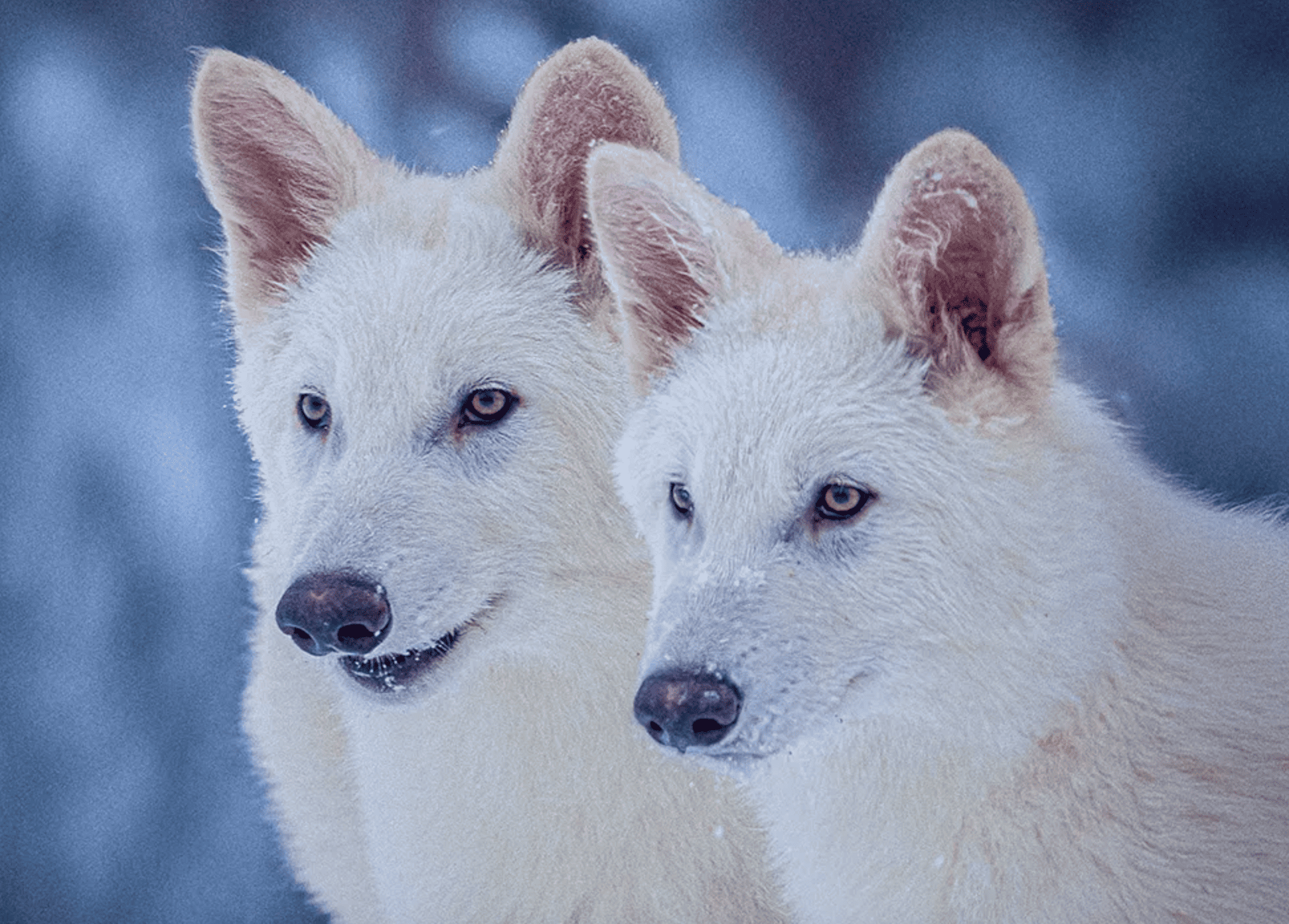Source: The Hindu, The Indian Express
Relevance: GS III – Sci & Tech

Why in News:
Colossal Biosciences, a biotechnology business based in Texas, USA, declared that it has “resurrected” a dire wolf, a huge predator that went extinct around 12,000 years ago.
What is De-extinction?
- The process of creating a creature that either resembles or is an extinct organism is called de-extinction, resurrection biology, or species revivalism.
- The de-extinction process can be carried out in a number of ways. The most often suggested technique is cloning, while selective breeding and gene editing have also been explored.
- In an effort to increase the genetic diversity of some endangered species, similar methods have been used.
- Cloning is the only one of the three techniques that would produce an animal with the identical genetic makeup.
What is a dire wolf?
Before going extinct around 13,000 years ago, the enormous canines known as dire wolves (Aenocyon dirus) ruled southern Canada and the United States. They were larger and had white coats, much like today’s grey/gray wolves (Canis lupus). A dire wolf may reach heights of 3.5 feet, lengths of over 6 feet, and weights of up to 68 kg.
The American Company Behind the Project
- Three genetically altered grey wolf puppies have been born, according to the corporation, and they are “functional copies of something that used to be alive,” i.e., dire wolves.
- Surrogate dog moms gave birth to two male pups, Romulus and Remus, in October, and a female, Khaleesi, named after a Game of Thrones character, in January.
How the “Resurrection” Was Achieved
“The petrous, or inner ear bone, is located inside the skull and is a good source of well-preserved DNA,” Beth Shapiro, chief science officer at Colossal, told USA Today.
Shapiro and her colleagues extracted enough DNA from these two specimens to produce two dire wolf genomes, which are an organism’s whole collection of genetic data. These genomes were then contrasted with those of other canid species, such as wolves, coyotes, jackals, and dholes.
According to the USA Today article, “by using the genetic data, researchers could confirm the grey wolf as the closest living relative of the dire wolf — they share 99.5% of their DNA code.”
What Happens Next?
“Securing the health and biodiversity of our planet’s future” is the goal statement posted on Colossal’s website. The business wants to do this by reviving and reintroducing a number of extinct species back into the wild, such as the dodo, thylacine, and woolly mammoth.
There are serious ecological concerns associated with reintroducing animals that existed thousands of years ago, such as the woolly mammoth and dire wolf. These animals are no longer sustained by the same climate, prey species, plant ecosystems, and environmental factors. Human activity has greatly changed and disrupted modern environments.
Conclusion
99.9% of all species that have ever existed on Earth are thought to be extinct, according to scientific estimates. When the quantity of large herbivores, their primary prey, began to decline at the end of the last ice age, dire wolves themselves most likely went extinct. Although the concept of bringing ancient animals back to life is intriguing, it would seem wiser to use this technology to preserve and improve current ecosystems rather than bringing extinct ones back to life.
A new age in conservation may begin with the birth of the genetically engineered gray wolf pups, but it is unclear what type of era it will be.



